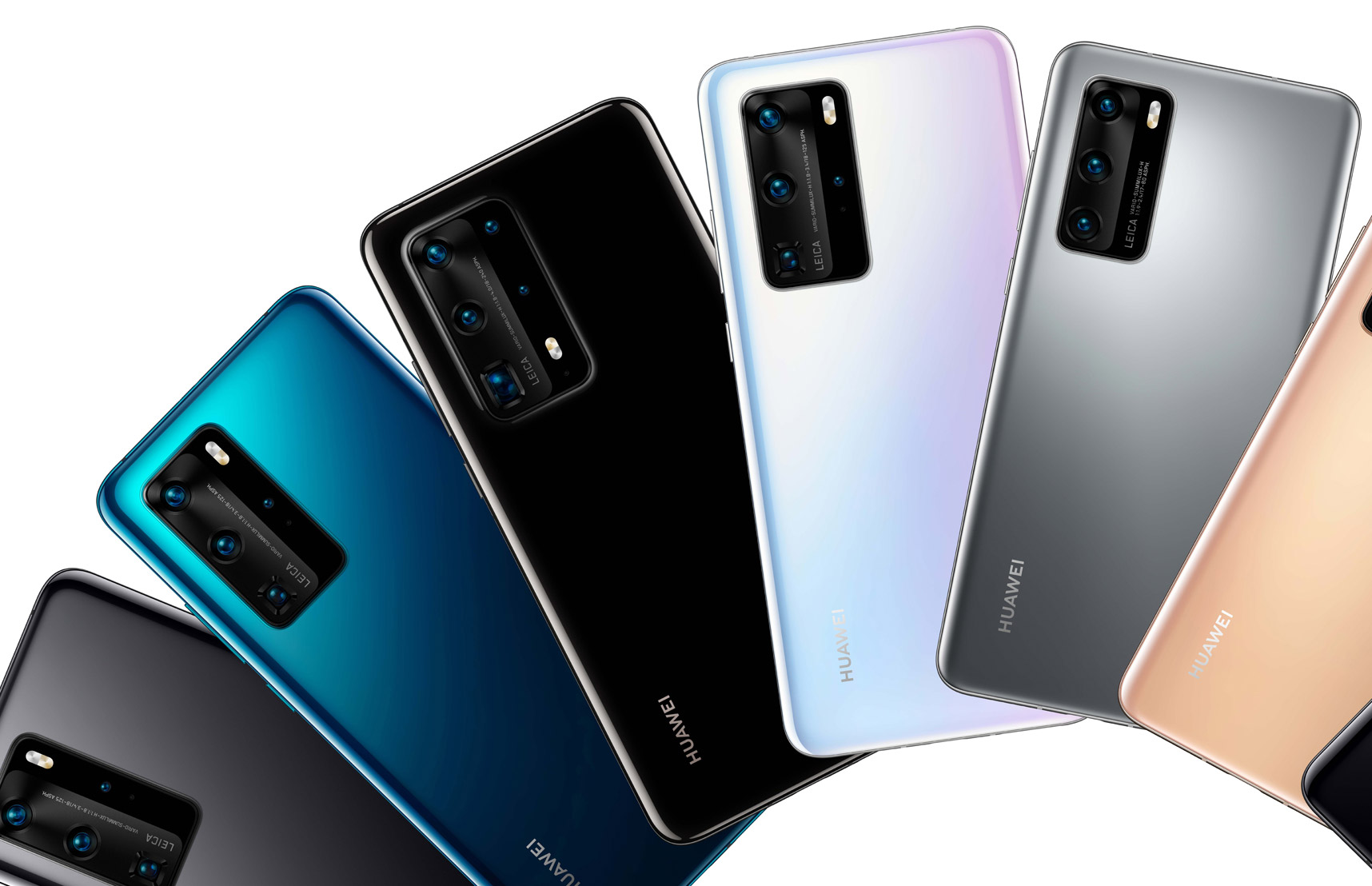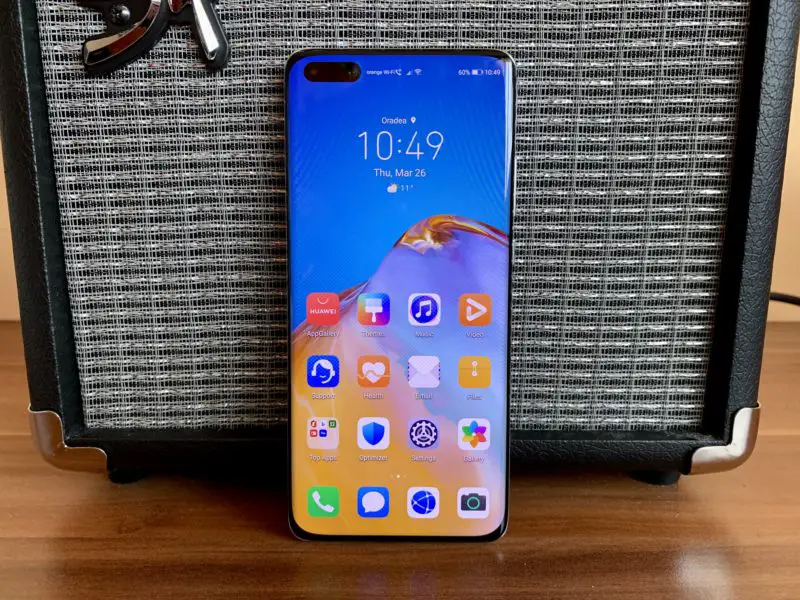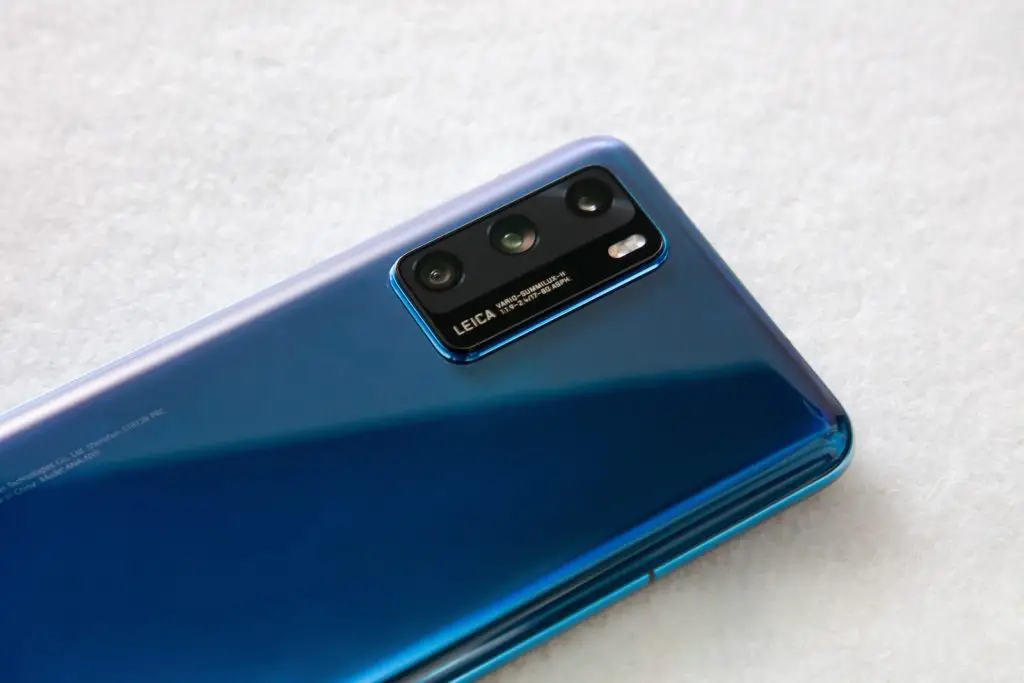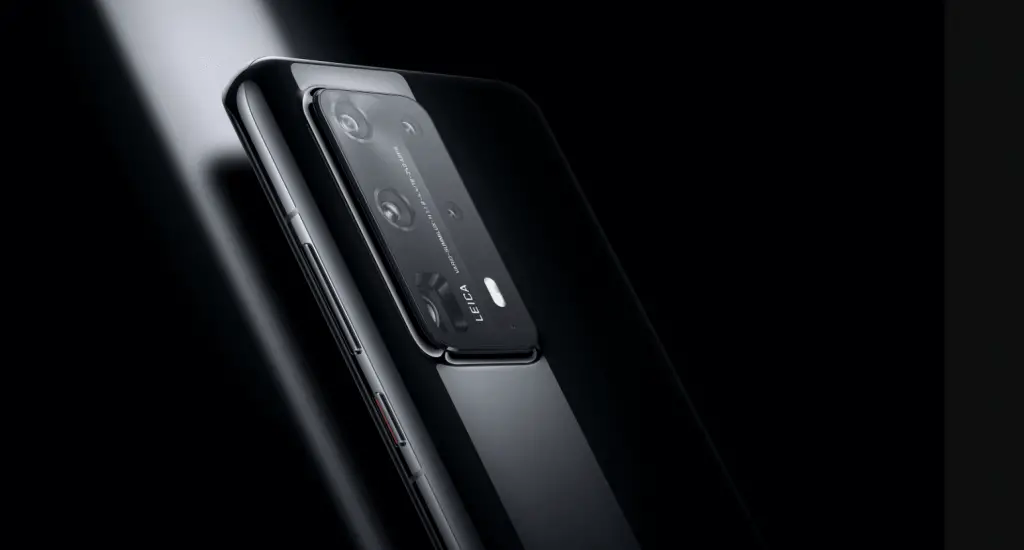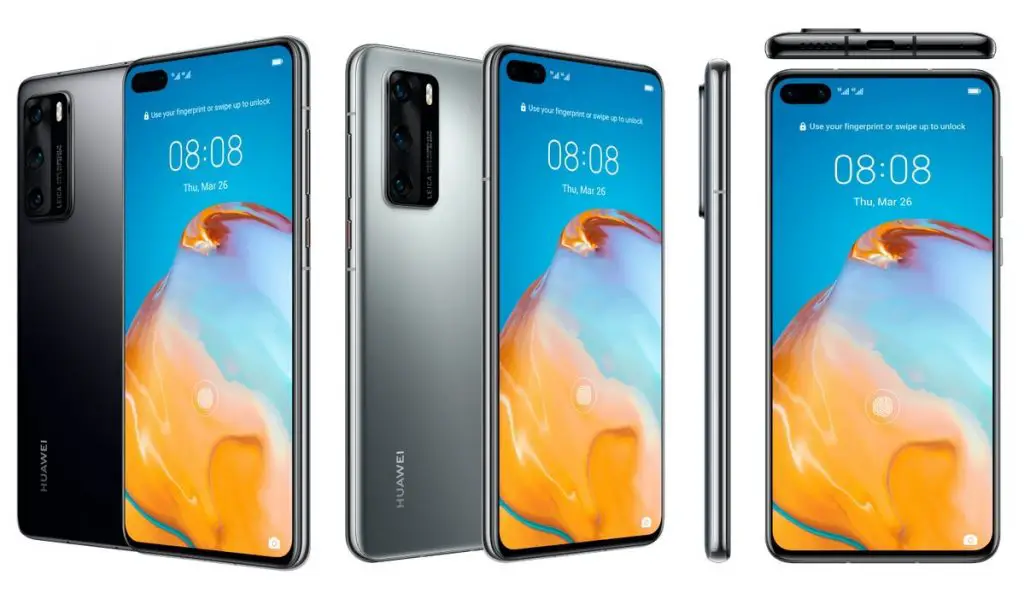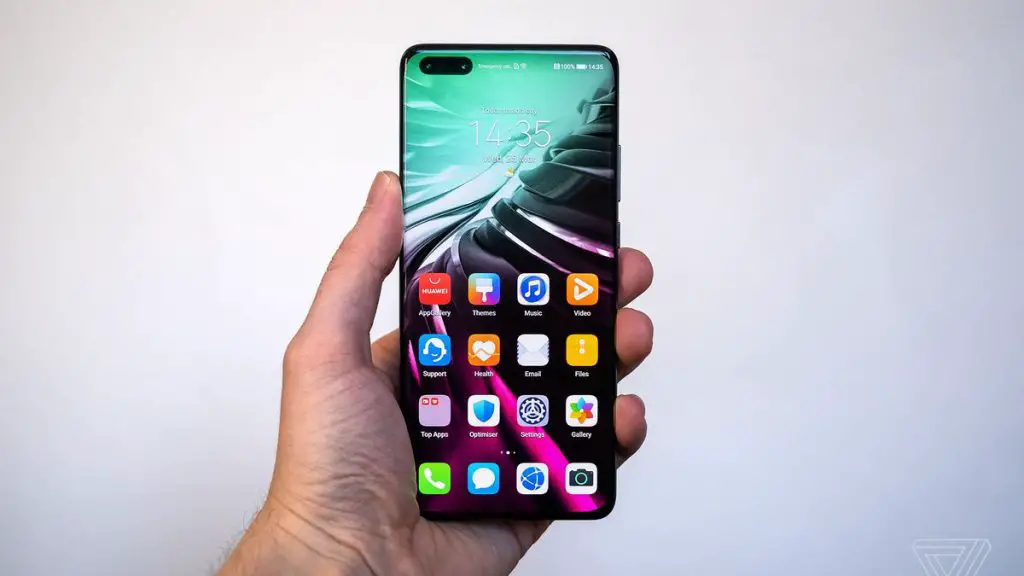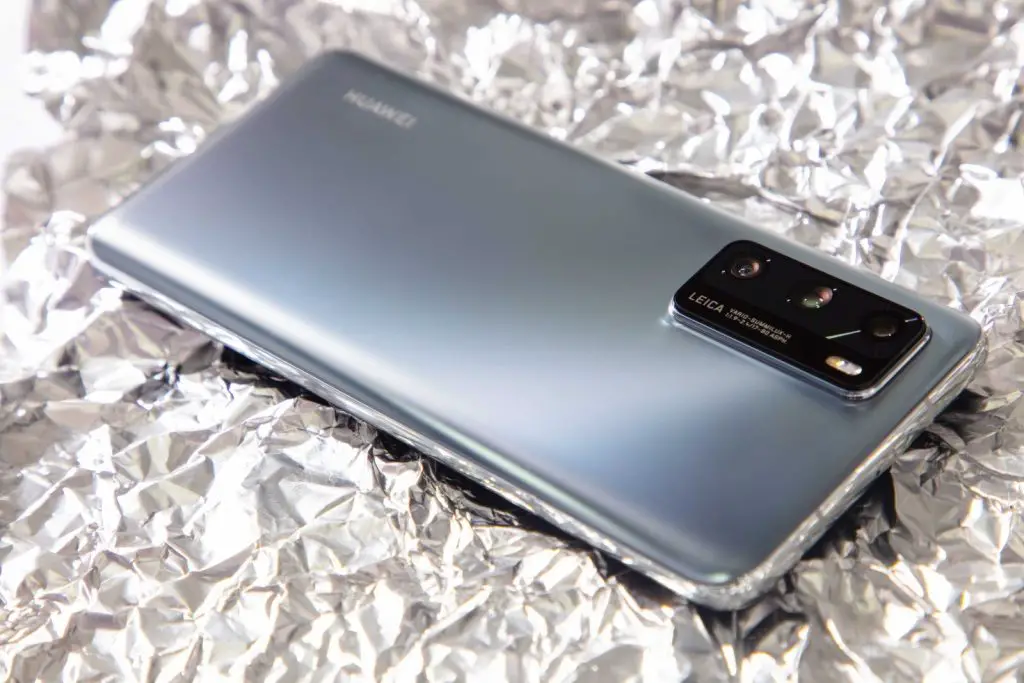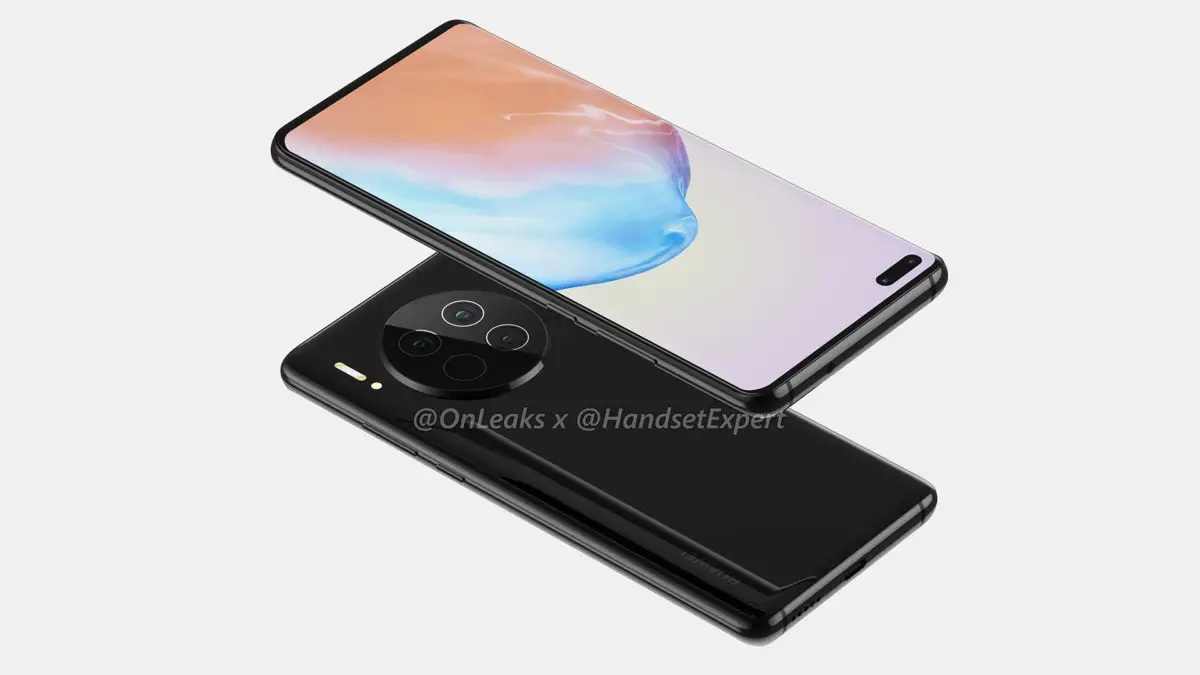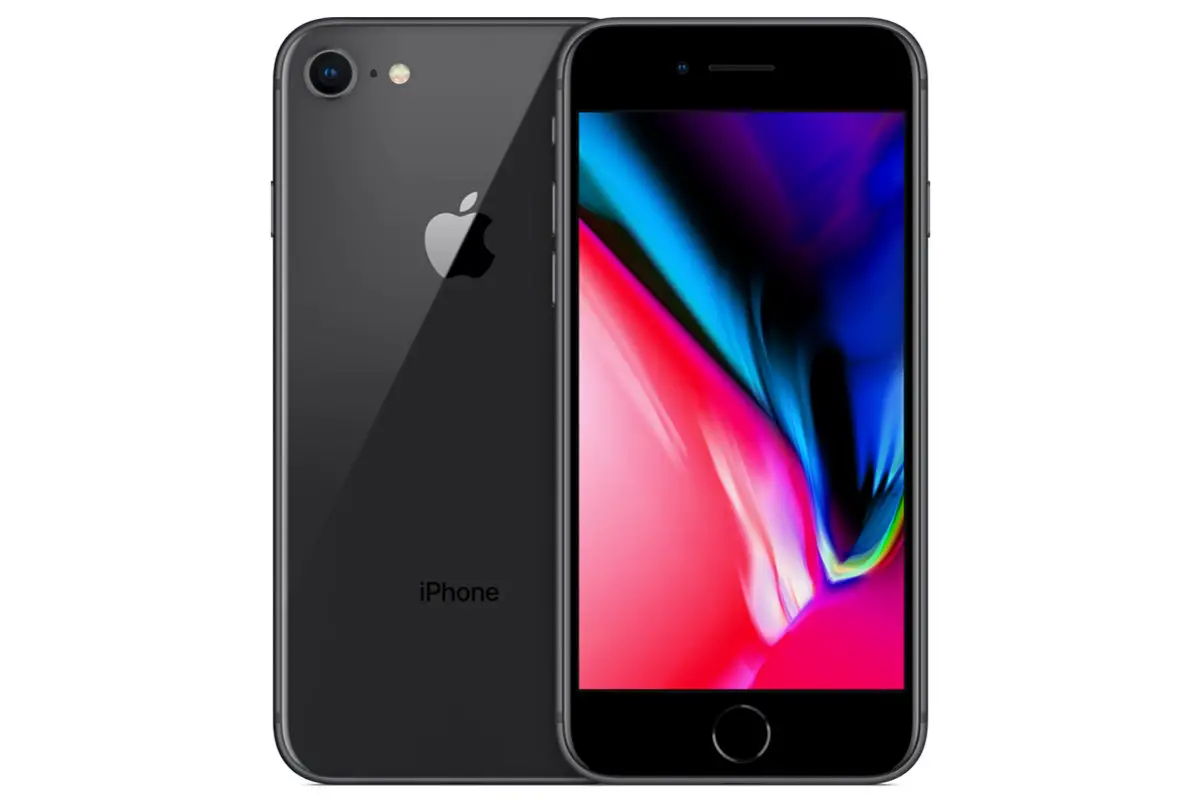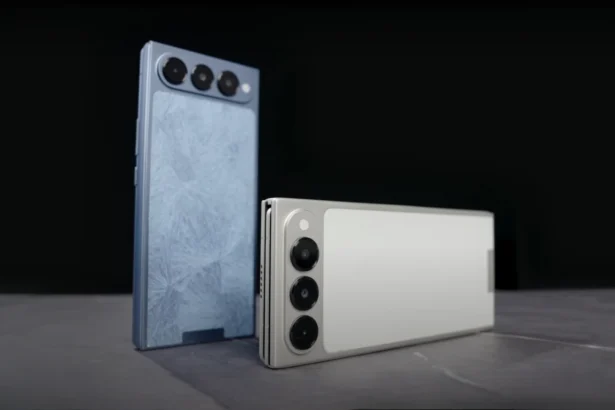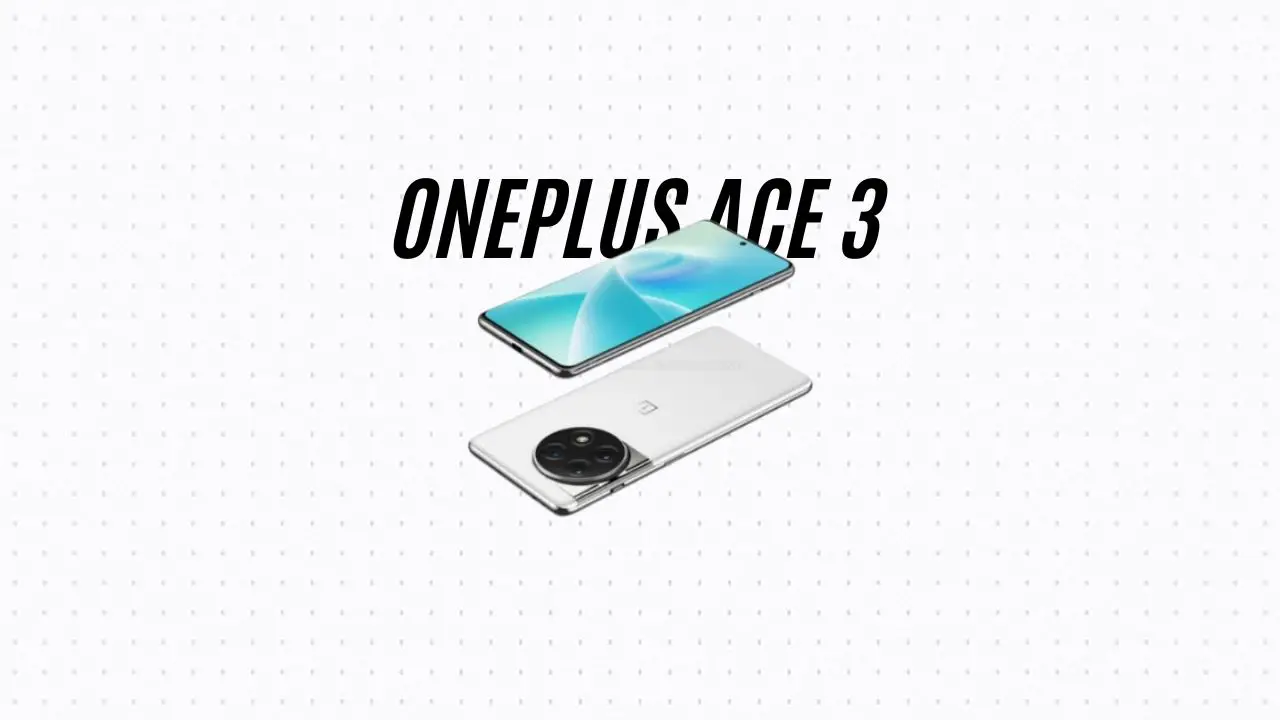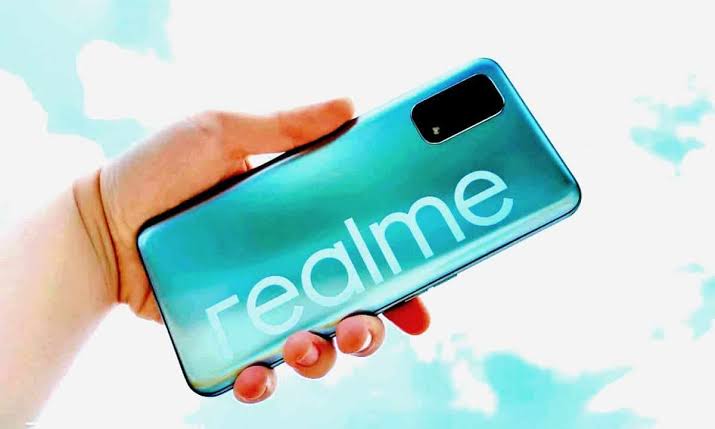It’s that time of the year when Huawei takes on the stage to launch its flagship P series lineup. Well, although the event was digital-only, it went super fine. The Chinese smartphone maker launched three smartphones in its P series lineup – Huawei P40, P40 Pro, and P40 Pro+, Huawei Watch GT2e and others. Without any doubt, the P40 lineup has kept us and everyone in the smartphone fraternity awake as to what it will bring and here’s everything you need to know about the lineup.
Huawei P40 Series: Design & Display
Last year, we saw Huawei’s Waterfall display with a flamboyant 88° curve mounted on Mate 30 Pro. This year, Huawei is taking it a step further which a quad-curved display which it calls as an ‘Overflow Display’ and you heard it right, the display is curved at all four sides.
Apparently, Huawei has left no stones unturned to make its P40 series look as majestic as possible and it doesn’t fail. The Overflow Display literally feels as if the display is flowing right through the edges with minimal bezels holding the metal and glass slab in place which feels great to hold & use no doubt. Both the Pro variants have a 6.58-inch OLED 1,200×2,640 pixels panel with a 90Hz refresh rate and a dual punch-hole sensor placed on the top-left corner.
The standard Huawei P40 sports a smaller 6.1-inch OLED (1,080 x 2,340 pixels) display but there’s a catch. The display is flat and not curved at all and it boasts a 60Hz refresh rate, unlike its Pro siblings. The display looks brilliant and crisp with punchy colors so you wouldn’t be disappointed with it given the fact that it has a flagship device. The edges are almost tiny even on the standard P40 that makes it easier to hold and use as well. The only giveaway is the huge cut-out for the dual front cameras which I guess is pretty huge.
Huawei P40 Series: About the Optics
No doubt Huawei has fine-tuned the optics on Huawei P40 series. In fact, the phone has instantly become hit due to its excellent low light photography compared to even the bigwigs like iPhone 11 Pro and Samsung Galaxy S20 Ultra which are its major rivals.
Talking about the front assembly, all three devices have a dual-camera punch-hole with 32MP main sensor along with an IR ToF 3D sensor that will be used for biometrics in P40 while it will also act as a depth sensor for Pro variants.
Huawei has again partnered with Lecia for its excellent camera systems starting with a rear triple camera setup on Huawei P40 touted as Leica triple camera system followed by a quad-camera setup on P40 Pro and a Penta camera system on P40 Pro+.
The main sensor on the trio is the largest CMOS sensor of 50MP with 2.44micrometer pixel size with Full Pixel Octa PD AutoFocus. On Huawei P40, you’ll find an 8MP telephoto with 3x optical zoom and a 16MP ultra-wide sensor with AF. On Huawei P40 Pro, you’ll find a fine-tuned 12MP Periscope telephoto sensor with 125mm focal length, f/.4, 5x optical zoom, a 3D ToF sensor, and finally a 40MP RYYB Ultra Wide Cine Camera sensor with 50x SuperSensing Zoom.
Finally, the P40 Pro+ takes it a step further with the inclusion of a fifth 8MP ultrawide sensor and collectively, the Penta camera setup is able to pull off 100x maximum digital zoom which is next level for sure.
Huawei P40 Series: Hardware
Seriously? What exactly do you expect in terms of hardware when it comes to a flagship phone? Apparently, Huawei P40 series comes equipped with the powerful HiSilicon Kirin 990 octa-core processor with a max frequency of 2.86GHz. It is flanked with Mali-G76 MP16, UFS 3.0 storage with 128GB/256GB/512GB options and 6/8GB RAM. The device also comes equipped with a hybrid slot for its proprietary Nano memory card.
Don’t forget that the trio has 5G connectivity that offers blazing-fast downloads and uploads on the latest gen network. P40 series also supports WiFi 6 Plus so that you can enjoy the internet and more at a lightning-fast speed.
Huawei P40 Series: Software & Features
Huawei P40 series runs on the latest EMUI 10.1 based on Android 10 OS. Apart from the features and things you can do on Android 10, Huawei has gone a step further added a few more features. Starting with the Huawei Share, the feature lets you transfer files at high-speeds between smartphones, PCs, and tablets. The Multi-screen functionality allows users to pick up calls hands-free through their computers and more.
Next up, there’s a new video calling feature called Huawei MeeTime which offers 1080p FHD video calls on Huawei phones. The feature will be available via HOTA that users will receive shortly although it works in Malaysia, Philippines, Indonesia, Singapore, and Thailand only at this moment. ‘Celia’ is Huawei’s voice assistant that will be able to help or do stuff in Spanish, French, and English. This isn’t the whole list as Huawei P40 series literally has a lot to offer to be honest.
Since there’s no Google Mobile Services (GMS), you are left at what Huawei Mobile Services has to offer. The AppGallery on P40 series is Google Play Store equivalent and will let you find apps for your device on the go.
Huawei P40 Series: Battery Life
Talking about the battery life, the smallest of the trio – Huawei P40, sports a decent 3,800 mAh battery which is basically 400 mAh smaller than its Pro variants. The device comes wit 22.5W wired fast charging technology that will be able to juice up the battery from dead in just an hour.
On the other hand, both Huawei P40 Pro and P40 Pro+ sports a larger 4,200 mAh battery and citing the fact that these huge batteries last long, you can expect to pull off more than a day on heavy usage. Additionally, both of the Pro variants arrive with state-of-the-art 40W which is almost twice what the non-Pro variant sports. There’s also a 40W wireless fast charging tech embedded on P40 Pro+ (only) that will allow charging the phone in almost half an hour wirelessly so that’s a big achievement I must add. Although the P40 Pro sports wireless charging, the standard non-Pro variant fails to get it on-board.
Huawei P40 Series: Prices & Availability
Talking about the pricing, to be honest, these phones are expensive given that all of them have outstanding camera hardware, a brilliant display, 5G and more.
Starting with Huawei P40, the device will carry a price tag of EUR 799 and will be on sale from April 7th. Moving on, the Huawei P40 Pro will be priced at a tad bit higher at EUR 999 while the premium Huawei P40 Pro+ (earlier summoned as P40 Pro Premium) will carry a price tag of EUR 1,399. No doubt the phone will arrive in China at first followed by other countries except the USA where it is barred from selling phones and with the lack of GMS which will be a matter of concern even in the European countries.
According to its press release, Huawei P40 series will be available in Qatar on April 8 and so on. The first sale date of P40 Pro+ is still unavailable.
